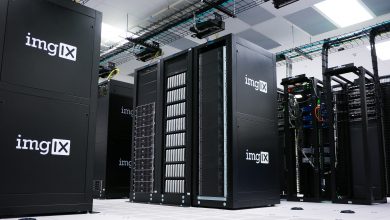
Everyone has a perfect business idea inside them, but few dare to explore their ambition come hell or high water.
It would be a shame not to see where your corporate instincts might lead. If you plan and approach things the right way, those bountiful business dreams can soon materialise into a mesmerising reality. Of course, some things are easier said than done, so you could find it challenging to turn your dream into a profitable business.
Not to worry- we’ve got some tips to help! Here are 3 ways to make your dream business idea a reality.
Pace Yourself Sensibly
The process of making a great idea a reality is a huge undertaking.
Sonny Drinkwater, a 2020 university graduate, set up a healthy eating business with two of his friends. His advice for other aspiring entrepreneurs, as reported by BBC News, was to “do one small thing every day that makes your business idea more real, whether that’s setting up a meeting, or building a prototype.” Pace your success. That way, you do not overwork yourself, or set unrealistic expectations early on. It is not about replacing the dream with constant work, but rather about marrying the two.
Many people pour everything they have into a business idea, then burn themselves out or lose interest after mistakenly believing that every avenue has been explored. You should avoid that route. Instead, leave plenty of time for planning, thinking, and other things in your life. This will enable you to fit in your aspirations alongside your other responsibilities more easily. Over time, you can raise the amount of time you spend on your venture to reflect your success, demand, and rising inspiration.
Acquire Support
The wise entrepreneur uses every tool or service at their disposal, incorporating the voices of others into their operations.
After all, each individual brings fresh ideas to the table. It is unlikely you will be hiring too many colleagues in the early days, due to the nature of your firm and the rate of its growth. Still, that doesn’t mean you should be operating alone in isolation, so making friends where you can and working with others can give your new company an enormous boost.
For example, Ignys can help you in the development of electronic products, from the conception of your idea through to testing it ready for launch. They offer a wide range of services, including design reviews, compliance support, test jigs, environmental testing and more. All of the services Ignys provides are extremely thorough and second to none. They even work closely with networks of manufacturers and VCs, so if you are having trouble jumpstarting your electronics business, this is the perfect supporting venture to partner yourself with.
Provide Online Services
It might seem questionable to suggest that anything online can be based in reality, but businesses do make a glorious exception.
During the pandemic, many small firms have gone online in order to survive, but many of them did more than that in making the switch. A plethora of small businesses actually thrived, shipping out huge quantities of orders as people stumbled on their websites during lockdowns and meandering web browsing sessions. For example, e-learning platforms have reported a surge in sales numbers in recent times.
The reality is that business is making its way online. Your website creates a first impression of your venture, increases accessibility, and ultimately drives engagement. A web domain used to be a handy add-on for a company, but these days, it is the epicentre of everything from marketing to sales. Not every entrepreneur can have a state-of-the-art workplace from the outset, but every entrepreneur can boast an incredible website.





